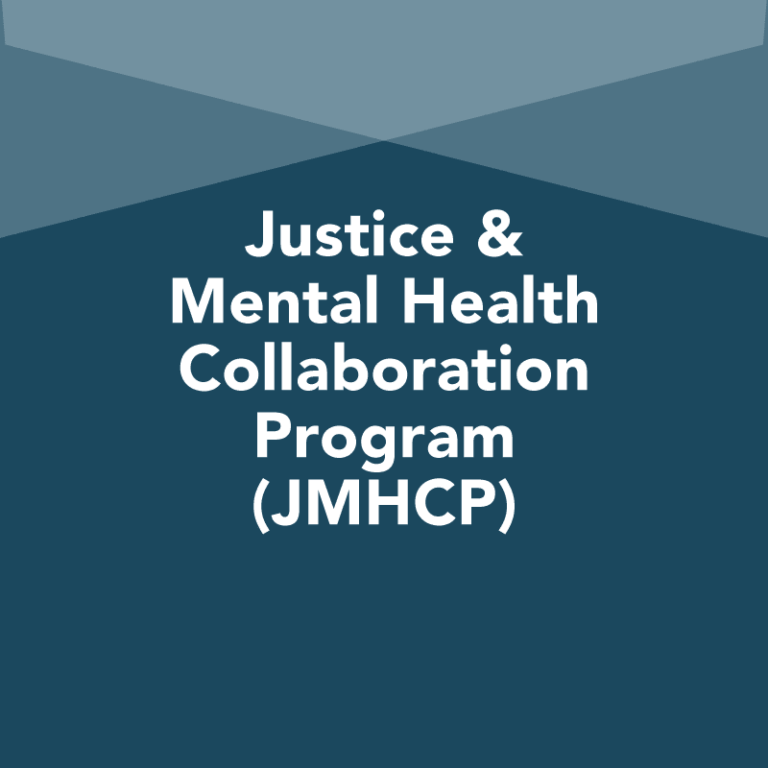Crisis stabilization units offer law enforcement officers and mobile crisis teams a safe place to bring people in behavioral health crisis, often in lieu of arrest or emergency hospitalization. However, they can be challenging to establish without the appropriate funding and support from key partners needed to operate the units effectively. Creating buy-in among referral sources, is one important component of achieving this support needed. This brief offers crisis stabilization unit leaders three best practices for collaborating with referral sources to ensure its success. Photo by camilo jimenez on Unsplash
Related Resources

Preparing Law Enforcement Agencies for Embedded Clinicians
Crisis Systems, Law Enforcement, Mental Health
Read more
Building Successful Partnerships with Peer-Run Organizations
Co-Occurring Substance Use, Mental Health
Read more
FY2023 Planning and Implementation Guide for JMHCP Connect and Protect
Co-Occurring Substance Use, Law Enforcement, Mental Health
Read moreAuthors

Marilyn Leake
Senior Policy Analyst, Behavioral Health
Marilyn Leake works on county-based initiatives focused on improving outcomes for people in the criminal justice system who have behavioral health disorders. Prior to joining the CSG Justice Center, Marilyn served as the coordinator for the mental health and drug court programs in Prince George’s County, Maryland. In that role, she collaborated closely with local stakeholders throughout the criminal justice and behavioral health systems on diversion and other tactics to improve outcomes for people in the justice system with behavioral health disorders. She also worked on initiatives to standardize data collection and measurement strategies for treatment courts in Maryland. Marilyn holds a BS from Appalachian State University and an MSW from the University of Maryland.